Today, the Supreme Court heard a case that will decide the fate of the Deferred Action for Childhood Arrivals program instituted by Janet Napolitano when she was Barack Obama’s Homeland Security secretary.
Basically the program allows the federal government to grant work permits to persons who are in the country illegally and who meet the following criteria:
- Have unlawful presence in United States after entering the country before their 16th birthday
- Have lived continuously in the United States since June 15, 2007
- Were under age 31 on June 15, 2012 (born on June 16, 1981 or after)
- Were physically present in the United States on June 15, 2012, and at the time of making their request for consideration of deferred action with USCIS
- Had no lawful status on June 15, 2012
- Have completed high school or a GED, have been honorably discharged from the armed forces, or are enrolled in school
- Have not been convicted of a felony or serious misdemeanors, or three or more other misdemeanors, and do not otherwise pose a threat to national security or public safety
Other than mere disrespect for the rule of law, there are other problems with the program. Because we are reluctant to deport the parents of people who can reside in the US, the program, arguably, set off the stream of people with young children crossing our southern border. They perceived that a child was a passport to avoiding deportation. The program also created a perpetual underclass that can reside and work in the US legally but have no right to be here legally or work in the US. This, as we’ve seen, makes them into useful pawns for the Democrats who like to embrace the image of being champions of these people but who desperately avoid finding a solution to the problem.
In September 2017, Attorney General Jeff Sessions notified Homeland Secretary Kirstjen Nielsen that the DACA program was likely illegal and she rescinded the memo that created DACA. That set off a cascade of lawsuits striking down the DHS decision from courts in California, New York, and the District of Columbia that arrived at the Supreme Court bundled as Department of Homeland Security v. Regents of the University of California.
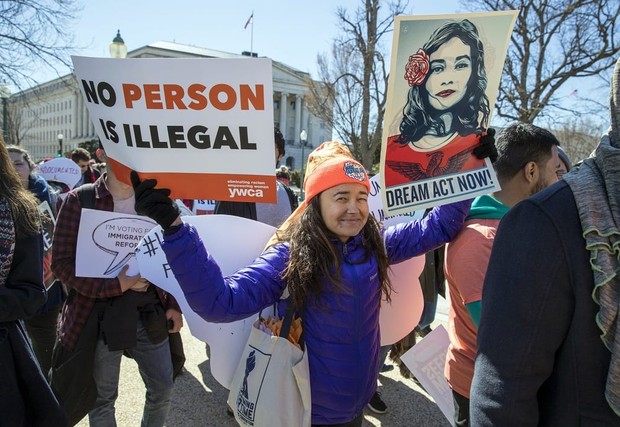
This is a bare-bones IANAL summary of the positions. The government contends that DACA was an internal government policy decision on how best to enforce the law given limited resources. As such, the decision is not reviewable by the courts. Plus, even if the courts do review it, the reasoning given by the government is more than adequate to support it. The pro-open-borders crowd sees it differently. They claim that once Sessions said the law was likely illegal that courts could review it. That once the government has said one thing is a reason they are forbidden from finding other supporting factors. Further, they claim, that the DACA memo was essentially rule-making and the rule could not be rescinded without going by the procedures of the Administrative Procedures Act.
For a more detailed summary read this at SCOTUSBlog where they are very sympathetic to keeping DACA.
As folks always tell us, you can’t know how justices will vote based on their questions, but the questions today pointed to a very clear 5-4 or 6-3 decision in favor of the government. My unofficial barometer is the length of time elapsed before a summary of oral arguments appears on Twitter on in the media. Today, for quite a long period of time, there was radio silence. I suspect it was as Supreme Court reporters compared notes and decided that the overriding message was that you never know how justices will vote based on their questions. Here are some highlights.
Politico: Dreamers get little traction with Supreme Court’s conservative justices
The court’s conservative majority gave little sign of openness to the contention by proponents of the Deferred Action for Childhood Arrivals, or DACA, program that the Trump administration’s decision to shut down the initiative was legally flawed.
Some liberal justices seemed to endorse Trump’s authority to end the program, but said he needed to embrace the consequences, rather than pawning them off on a disputed legal memo from Attorney General Jeff Sessions that concluded DACA was both illegal and unconstitutional.
“Where’s the political decision that was made that this not about the law, but about our choice to destroy lives?” Justice Sonia Sotomayor asked.
This is quintessential #OrangeManBad bullsh**. The decision to pull the plug on DACA was either legal or it wasn’t. If it was, who Trump blames is irrelevant. If it wasn’t, Trump taking the heat for it is similarly irrelevant.
USAToday: Supreme Court leans toward Trump plan to end DACA program for nearly 700K undocumented immigrants
Associate Justice Neil Gorsuch acknowledged that the case’s “sympathetic facts … speak to all of us,” but he said the large number of people affected and the impact ending DACA would have on employers and entire communities was taken into consideration.
The court’s four liberal justices argued that the decision to end DACA should rise or fall on the administration’s tenuous claim that it was illegal, rather than what Associate Justice Ruth Bader Ginsburg said might be a more legitimate reason: “We don’t like DACA, and we’re taking responsibility for that, instead of trying to put the blame on the law.”
Ginsberg rather grotesquely mischaracterized the argument and implies that she’s fine with federal agencies ignoring the law so long as they arrive at her favored outcomes.
New York Times: Supreme Court Appears Ready to Let Trump End DACA Program
The Supreme Court’s conservative majority on Tuesday appeared ready to side with the Trump administration in its efforts to shut down a program protecting about 700,000 young immigrants known as “Dreamers.”
The court’s liberal justices probed the administration’s justifications for ending the program, expressing skepticism about its rationales for doing so. But other justices indicated that they would not second-guess the administration’s reasoning and, in any event, considered its explanations sufficient.
CNN: Supreme Court justices struggle with DACA challenge
Justices Elena Kagan, Steven Breyer, Ruth Bader Ginsburg and Sonia Sotomayor pushed the government hard, suggesting the administration had violated the law when it moved to phase out the program because it hadn’t taken into proper consideration how many people, organizations, educational institutions, would be impacted by an abrupt decision. To comply with administrative law, the justices suggested that the government had to provide a more reasoned decision. They questioned the government’s reliance on whether the original program was lawful.
Sotomayor noted that the “current President” told DACA-eligible people that they were “safe” but then later moved to terminate the program. She underscored the human implications, reminding her colleagues that the termination of the program could “destroy lives” and she highlighted her belief that the Trump administration hadn’t acted in accordance with the law.
She said that only after the policy had been blocked by the courts did the administration provide more of its rationale. She said the courts shouldn’t consider reasons that were “added later.”But Kavanaugh in his questions hinted that he thought the government had ultimately issued a memo — after the decision to terminate was made — that adequately explained its rationale and acknowledged the impact on those who had come to rely on the program. He called it a “considered decision.”
And Roberts noted that similar programs had been struck down by a federal appeals court, suggesting that he thought the government’s reasoning was on solid ground. He noted that he was among the conservative justices on the court who voted against those programs.
Neil Gorsuch and Samuel Alito seemed the most supportive of the government’s position.
“What more would you have the government say?” Gorsuch asked a lawyer for the Dreamers at one point.
The strongest case the advocates of institutionalized scofflaw-ery could muster was that Trump, himself, had said he didn’t want to end the program and that he didn’t want to take the blame.
The NYT:
Justice Sonia Sotomayor said the DACA recipients were justified in relying on Mr. Trump’s earlier statements, which she paraphrased. “They were safe under him,” she said, “and he would find a way to keep them here.”
In fact, even the lawyers for DACA found themselves arguing that the Supreme Court should send the case back to lower courts for more fact-finding, an argument that got very little encouragement:
Olson and Michael Mongan, California’s solicitor general, agreed that the case should be sent back. Olson emphasized that the Trump administration did not want to take responsibility for the decision to end DACA, instead wanting to blame it on Congress and the courts. Mongan echoed that idea, arguing that sending the case back would require the Trump administration to issue a new decision that took ownership of the choice to terminate DACA.
But some justices appeared unconvinced that sending the case back to the lower courts would be a good idea or even make a difference. Gorsuch observed that the government could address the interests that would be affected by the termination of DACA in 15 pages, rather than in a paragraph, but it would take six more years, during which DACA recipients would remain in limbo. And Justice Stephen Breyer admonished Mongan that courts should not “play ping-pong with the agency.”
This goes back to the novel legal theory that has been developed since President Trump’s election, first appearing in the fight over the “travel ban,” that campaign speeches and interview statements create policies themselves that supersede the law and reason. And, of course, there is the corollary that you can rule against anything Trump does, regardless of the law, because he’s a very bad man.
Overall, this was very positive. Even the four socialists on the Court had to agree that the administration had the right to rescind DACA, their objection was to the Attorney General’s opinion that the program was illegal. While everyone can have sympathy for the people caught up in this, sympathy is no reason to create an open-ended backdoor immigration system that rewards lawbreaking. Now, Congress will have to act and come up with a change to the law, that Trump can sign, that is able to give safe harbor to a small number of illegals while excluding their families and relatives, and that does not continue in perpetuity.
And this kind of douchebaggery leaves me a lot less sympathetic than, by rights, I should be.
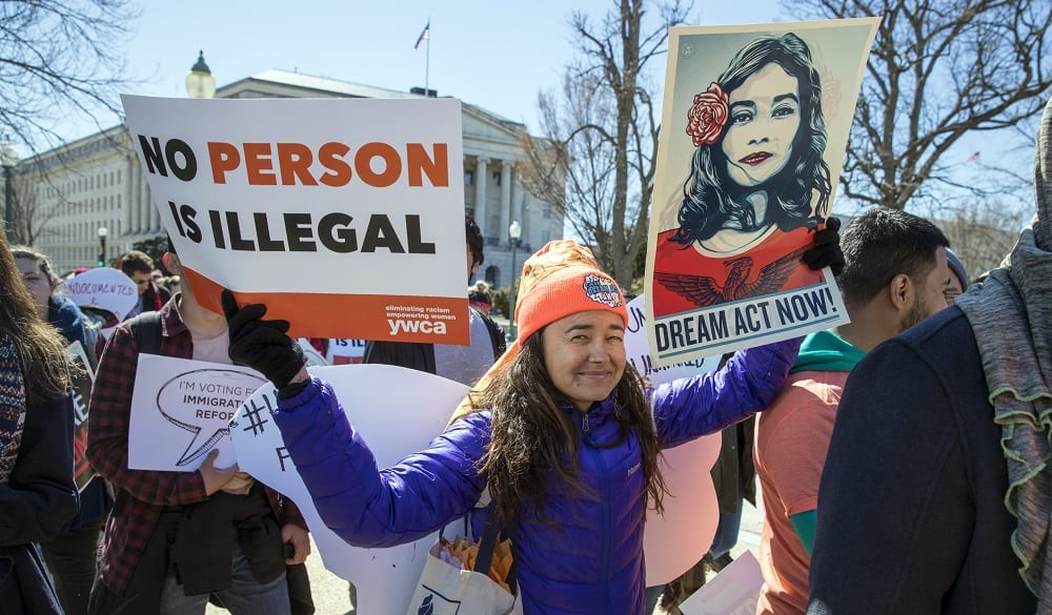
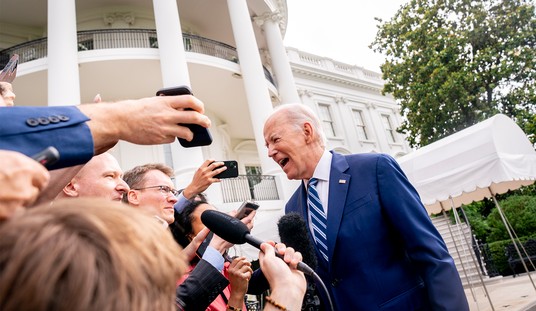
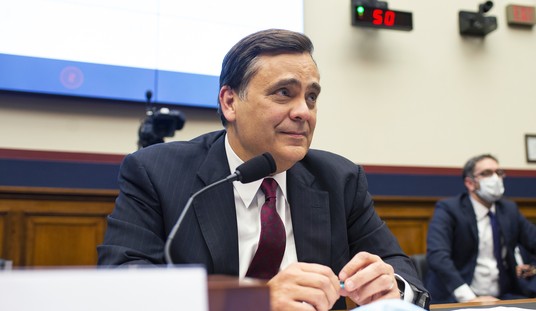

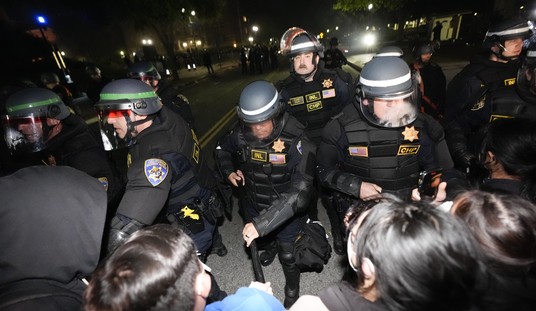
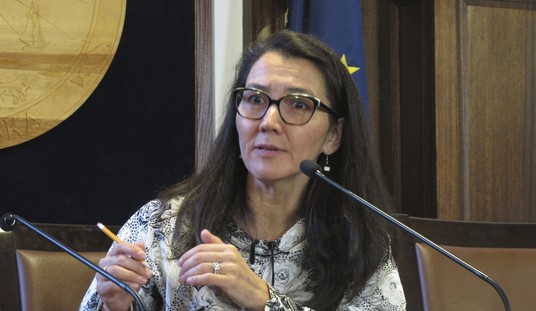

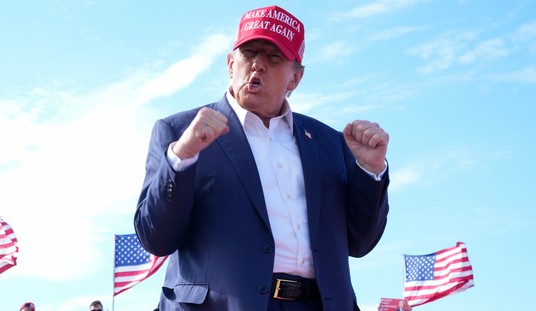


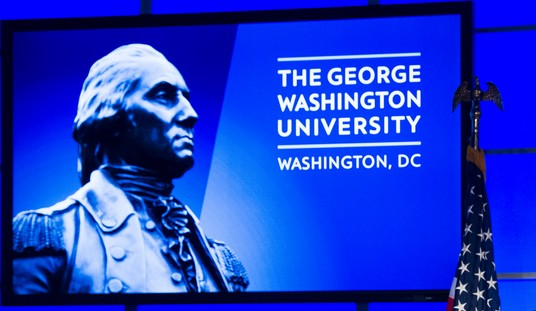
Join the conversation as a VIP Member